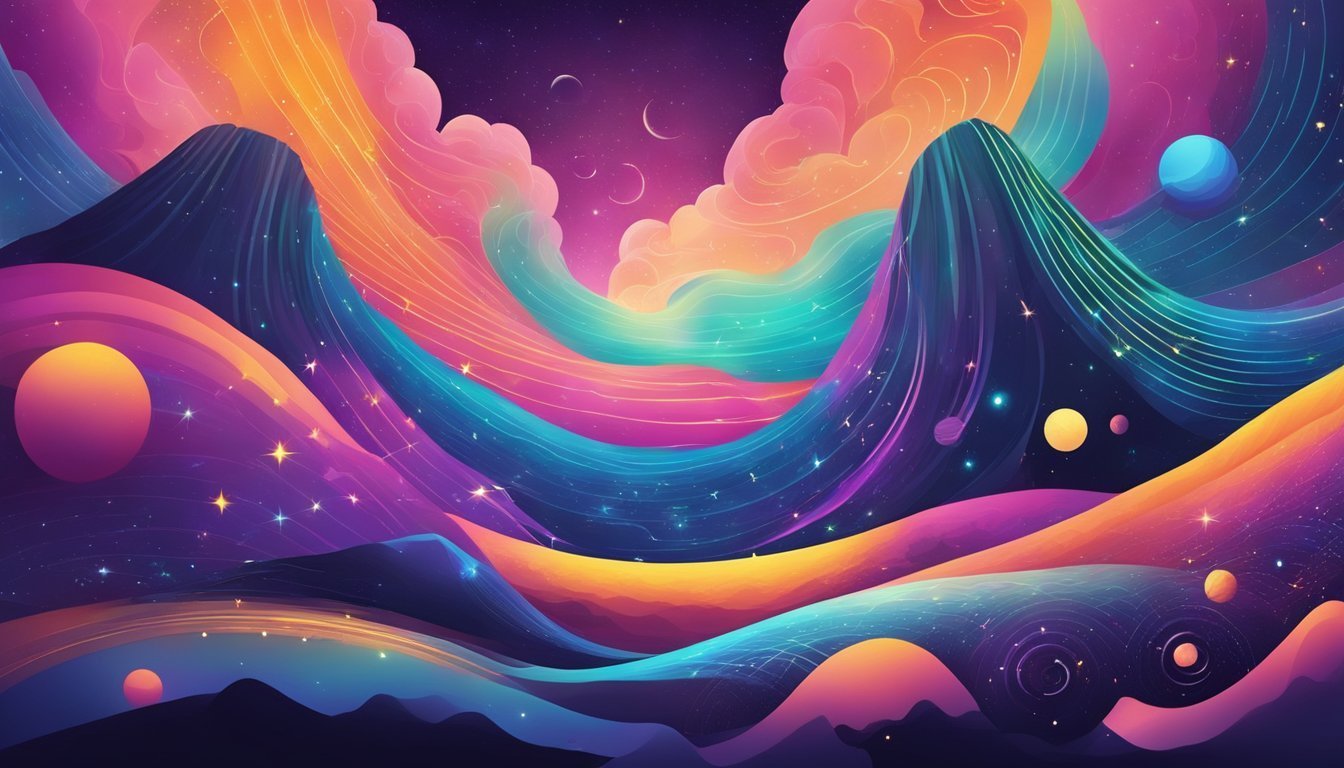Alice Coltrane, captured in a photograph from around 1978, is remembered courtesy of the John & Alice Coltrane Home.
Her mesmerizing soundscapes have an extraordinary ability to transport listeners to another level of consciousness.
With a masterful blend of jazz, gospel, bebop, and classical Indian music, her works weave genres into extraordinary compositions that shift between calming beauty and energetic turbulence.
This adventurous spirit has garnered her admiration among free jazz fans, though some traditionalists may view her art with skepticism.
Emotional Resonance of Her Music
I can’t recall the exact moment I first encountered Alice Coltrane’s music, yet the emotional depth of her melodies remains fresh in my mind.
Each piece unfolds like a rich tapestry, from the ethereal notes of her harpsichord to the deep, resonant chords of her Wurlitzer organ.
The intricate layers of strings and percussion create immersive soundscapes, reminiscent of a powerful light cutting through the shadows, as her son Oran aptly described.
This month, the Hammer Museum in Los Angeles proudly presents “Alice Coltrane, Monument Eternal,” an exhibition curated by Erin Christovale that pays tribute to Coltrane’s groundbreaking contributions as both a musician and a spiritual figure.
This exhibition delves into the many influences that shaped her unique sound while featuring contemporary art inspired by her life and work.
It addresses the enduring impact of her legacy.
Exploring Her Multifaceted Identity
Christovale shared her profound emotional connection with Alice Coltrane’s music, expressing how her compositions resonate with people on a fundamental level, sparking curiosity about the artist herself.
The exhibition includes a diverse array of artifacts, previously undiscovered recordings, and original pieces created by 19 artists influenced by Alice’s multifaceted identity—as a Black woman, composer, mother, wife, and spiritual leader.
Central to the exhibit are three main themes: music, spirituality, and architecture, which together reflect Coltrane’s essence and the varied perspectives of contemporary artists.
The exhibition’s title references Coltrane’s spiritual memoir, released in 1977, a decade after the death of her husband, the iconic saxophonist John Coltrane.
Christovale emphasized her hope that visitors will resonate with Alice’s personal story, particularly among Black women who might find reflections of their own experiences in her narrative.
Alice Coltrane’s life story intertwines a rich tapestry of musical, spiritual, and cultural explorations infused into her performances and recordings.
Her journey began as a church pianist, later evolving with a deep commitment to meditative practices rooted in Vedic traditions.
The artworks showcased in the exhibition reflect these varied influences, morphing into new interpretations and meanings.
For instance, Jamal Cyrus’s 2022 sculpture “Hornbeam Effigy” beautifully blends a tribute to Texas musicians with imagery of rebirth—a fitting representation of the Coltrane legacy.
Impact and Transformation
To fully appreciate Alice Coltrane is to recognize her ability to transcend the roles of widowhood and societal expectation, carving a path of emancipation through her music and universal spiritual beliefs.
Born Alice Lucille McLeod in Detroit, she displayed immense talent on the organ and classical piano at her local church.
Her half-brother introduced her to jazz during her teenage years, allowing her to embrace the dynamic bebop scene in the city.
A move to Paris with her husband saw her performing alongside luminaries like Terry Gibbs and Bud Powell.
Upon returning to the U.S. amid social upheaval, Alice met John Coltrane at Birdland.
This meeting sparked a transformative collaboration filled with innovation and spiritual exploration, during which they welcomed three children.
Their relationship not only deepened their bond but also catalyzed a shared awakening influenced by John’s exploration of Eastern philosophies.
After John’s passing in 1967, Alice experienced profound grief, retreating into solitude for two years.
It was in this stillness where she discovered the path of Vedism.
Through meditation and spiritual practices, she began to heal, articulating that such practices have the power to uplift and elevate individuals beyond earthly troubles.
This pivotal transformation led her to embrace a spiritual awakening aligned with the teachings of Swami Satchidananda.
Alice’s music resonated with themes of universalism.
By intertwining elements of gospel, avant-garde jazz, and classical Indian ragas, she created compositions that not only reflected her personal journey but also fostered connections with others.
Even as her label grappled with categorizing her innovative sound, her work became a sanctuary for expression and communion.
In the mid-1970s, Alice moved from Long Island to Southern California and played a crucial role in founding the Vedantic Center in 1975.
Later relocated to the Santa Monica Mountains in 1983, it became the Sai Anantam Ashram, where she served as Swamini Turiyasangitananda.
Here, she led spiritually charged services and musical gatherings known as bhajans, fostering a deep sense of connection among her community.
Cauleen Smith, an interdisciplinary artist based in Los Angeles, aimed to elevate Alice Coltrane’s narrative through her visual storytelling.
Her film “Pilgrim” (2017) encapsulates the essence of the ashram as a space for transformation and spiritual growth.
Smith pointed out how Alice crafted a nurturing environment that encouraged connection and creativity, reinforcing the idea that even fleeting experiences can be deeply meaningful.
Tragically, the peaceful landscape of the ashram suffered destruction in the 2018 Woolsey Fire.
Yet, as Los Angeles works to rise from the ashes of its recent tragedies, Alice’s music continues to serve as a healing balm amid adversity.
The liner notes from her 1971 album, “Journey in Satchidananda,” encapsulate her spirit, inviting listeners to visualize themselves embraced by a powerful, transformative love.
Among the highlighted pieces in the Hammer exhibition is “Tempo” (2023) by Adee Roberson, a captivating cosmogram fashioned from semiprecious stones.
This artwork invites renewal and energy into the present moment, echoing Alice Coltrane’s legacy and inspiring new visions for the future.
The exhibition “Alice Coltrane, Monument Eternal” will be on display at the Hammer Museum from February 9 to May 5, 2025.
This event is organized in partnership with the John and Alice Coltrane Home as part of a yearlong initiative aptly called “The Year of Alice.”


